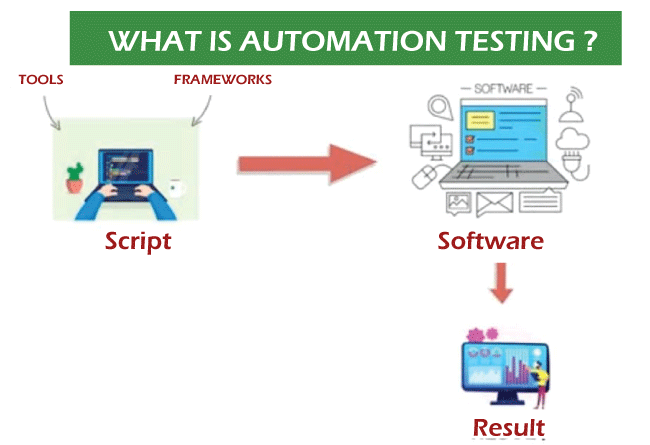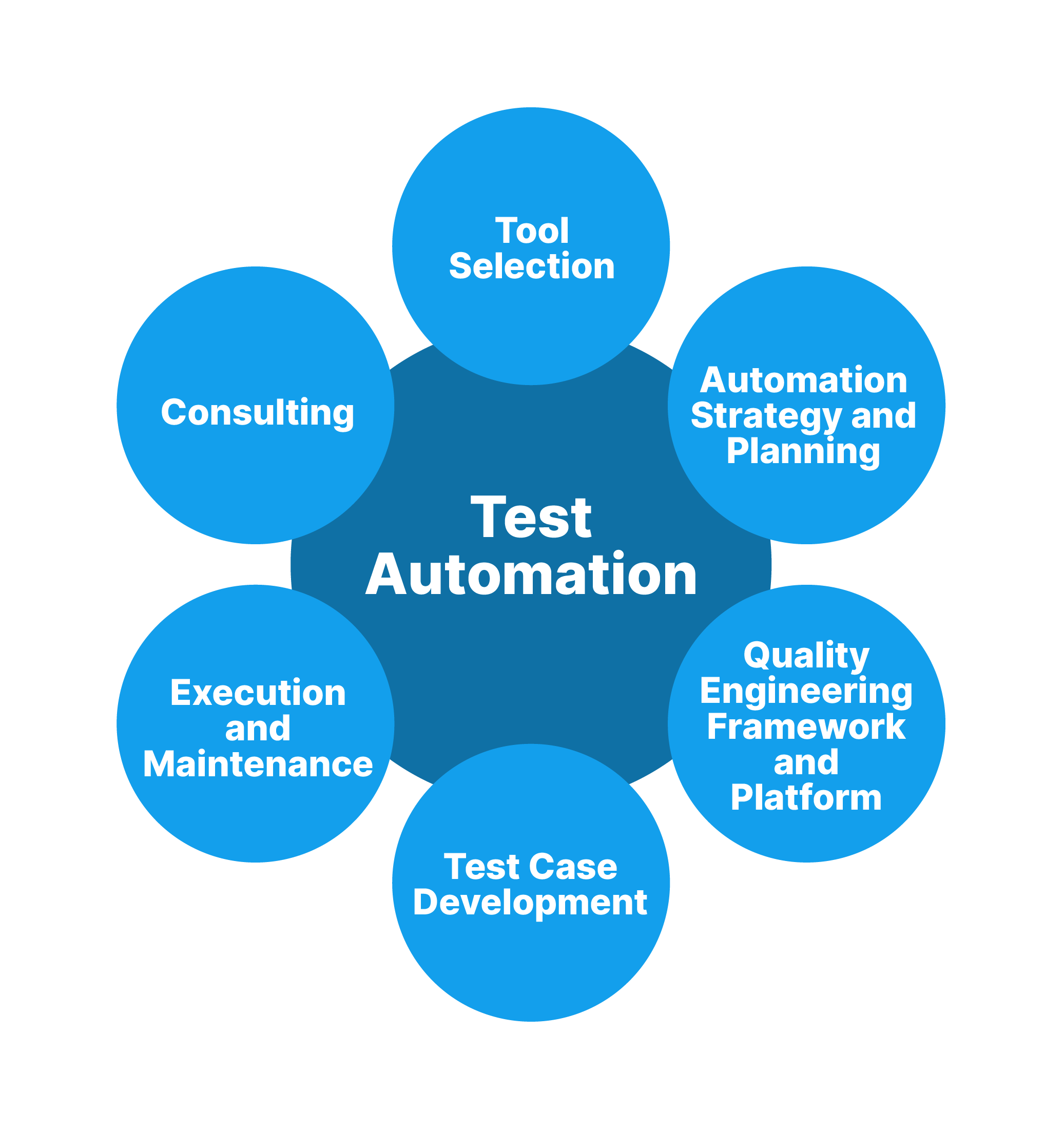The Ultimate Guide to Implementing Automation Testing Successfully
Ensuring Success in Automation Checking: Key Metrics, Difficulties, and Solutions Every QA Group Ought To Know
In the realm of software quality assurance, the landscape of automation screening is ever-evolving, demanding a careful approach to make sure seamless operations. The trip to understanding automation screening is led with nuances that require a keen eye for monitoring, evaluation, and continuous renovation. As the sector drives ahead, the quest for optimal performance in automation screening stays a consistent search, prompting QA teams to equip themselves with the expertise and methods vital for triumph.
Importance of Trick Metrics
Comprehending the importance of key metrics is necessary for examining the performance and performance of automation testing processes. Trick metrics act as measurable measures that provide important insights right into numerous elements of the screening process, such as test insurance coverage, examination implementation time, issue thickness, and test case efficiency. By examining these metrics, QA teams can identify bottlenecks, ineffectiveness, and areas for renovation within their automation testing framework.
One critical element of key metrics is their capability to track progress and keep track of the total health and wellness of the screening process (automation testing). They make it possible for stakeholders to make informed choices based upon data-driven insights, which can cause more efficient screening strategies and much better source allotment. Additionally, crucial metrics can assist teams set sensible objectives, determine the success of automation initiatives, and show the ROI of automation screening initiatives

Usual Difficulties Faced
Challenges generally run into in automation testing processes can significantly influence the total efficiency and performance of QA groups. One of the significant challenges is the option of the ideal examination cases for automation. Not all examination situations are suitable for automation, and selecting the wrong ones can bring about lost time and sources. In addition, preserving examination manuscripts can be a complicated job, specifically as the application goes through constant changes. Test script maintenance requires constant updates and adjustments to guarantee they show the present functionality accurately. An additional usual difficulty is the initial financial investment needed for establishing automation frameworks and tools. This can be a barrier for some organizations, particularly smaller sized ones with limited spending plans. Automation screening may not cover all aspects of testing, such as functionality and individual experience screening, which still call for manual treatment. Getting over these difficulties needs correct preparation, tactical test situation option, robust upkeep processes, appropriate resources, and a clear understanding of the restrictions of automation screening.
Reliable Solutions for Challenges
To deal with the challenges run into in automation testing, implementing efficient remedies is vital for boosting the performance and efficiency of QA teams. One essential option is to spend in durable training programs for QA teams to guarantee they have the necessary skills to effectively utilize automation devices. Training can link expertise gaps, boost understanding of automation frameworks, and improve scripting capabilities, inevitably bring about much more efficient test development and implementation.
Another important solution is to develop clear interaction channels within the QA group and with other stakeholders, such as developers and job managers. Reliable interaction assists in aligning assumptions, sharing development updates, and promptly dealing with concerns or barricades that might occur during the automation screening process.

Tracking and Evaluation Strategies
Carrying out efficient monitoring and evaluation methods is important for ensuring the success and blog performance of automation testing processes. Additionally, examining examination outcomes and metrics gives beneficial insights right into the high quality of the software being evaluated and the effectiveness of the testing method.
One key method in monitoring and analysis is making use of control panels that consolidate appropriate metrics and KPIs in an aesthetically obtainable format. These control panels use an extensive review of test implementation standing, test insurance coverage, flaw trends, and other vital info. Routinely evaluating and examining these control panels can aid QA groups make informed decisions, prioritize tasks, and optimize screening efforts.
Moreover, implementing automated notifies and alerts based upon predefined limits can improve positive tracking and timely intervention. By establishing notifies for performance discrepancies or test failures, teams can resolve concerns without delay and stop them from rising. On the whole, surveillance and analysis techniques play an important role in ensuring the performance and success of automation screening campaigns.
Constant Enhancement Techniques
Enhancing the efficacy of automation screening procedures requires the consistent improvement of methods and techniques. Continual enhancement strategies are crucial for QA groups to adapt to advancing innovations and deliver top quality software. One key strategy to improving automation screening processes is to conduct normal testimonials and retrospectives. By evaluating previous testing cycles, groups can determine traffic jams, ineffectiveness, and areas for improvement. Executing responses loopholes and incorporating lessons learned right into future screening frameworks can generate significant renovations over time.

Verdict
In conclusion, it is essential for QA groups to comprehend the essential metrics, obstacles, and options in automation testing to make sure success. By very carefully keeping an eye on try this and evaluating information, executing reliable services to typical challenges, and continually improving methods, QA teams can enhance their screening procedures and supply high-grade software program products. Complying with these techniques will ultimately lead to more reliable and reliable automation screening practices.
By analyzing these metrics, QA groups can determine bottlenecks, ineffectiveness, and locations for renovation within their automation testing framework.
Furthermore, essential metrics can help teams set sensible objectives, measure the success of automation initiatives, and demonstrate the ROI of automation testing initiatives.
Obstacles typically run into in automation screening processes can considerably affect the total efficiency and effectiveness of QA teams. Automation testing may not cover all facets of testing, such as functionality and individual experience testing, which still need hands-on treatment.In final thought, it is critical for QA groups to recognize go to this site the crucial metrics, challenges, and services in automation testing to guarantee success.